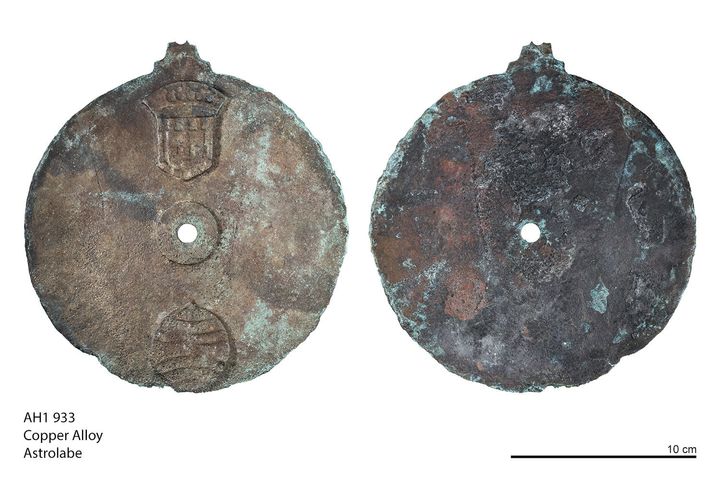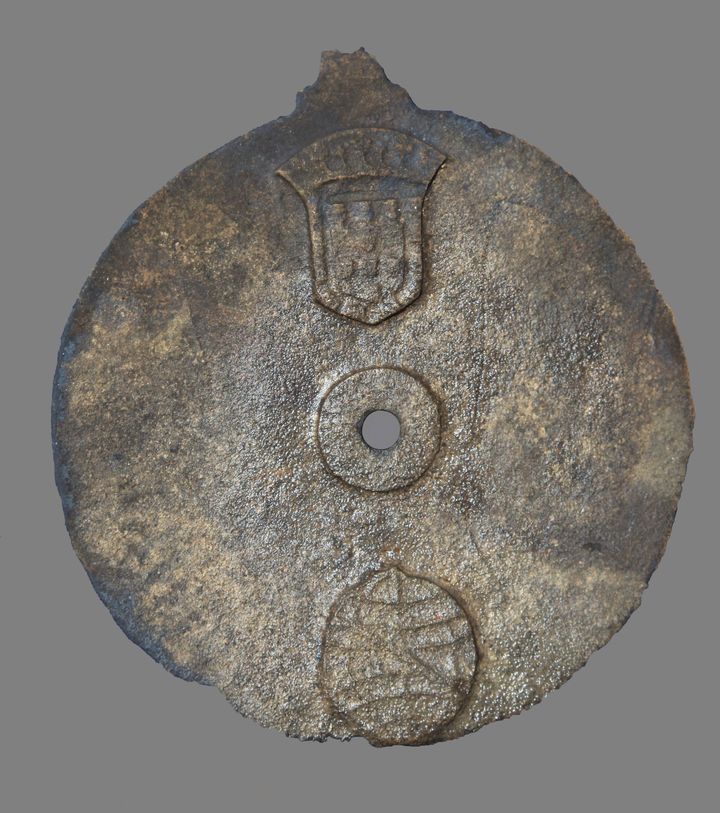Archaeologists have discovered what they believe is the world’s oldest example of an ‘Astrolabe’ - an early navigational tool that was used by sailors during the 15th Century.
Used by sailors to measure the altitude of the Sun this particular example is believed to date back as far as 1495 and 1500. What we do know for sure is that the astrolabe was lost when a Portuguese exploration vessel sank with the astrolabe on board in 1503.

This ship in question is believed to be the Esmerelda and was part of a small fleet of vessels led by the explorer Vasco de Gama.
The astrolabe was then discovered in 2014 by David Mearns and Blue Water Recovery who excavated the shipwreck.
Speaking to the BBC, Mearns said: “It’s a great privilege to find something so rare, something so historically important, something that will be studied by the archaeological community and fills in a gap.”
Initially it was unclear what the device was, however after noticing the coat of arms at the top it became clear that this was a device of considerable importance.
It wasn’t until the University of Warwick examined the disc with a special laser scanning technique that the navigational etchings were revealed on the disc and it became clear that this was in fact an astrolabe.
While deeply functional, astrolabes were considered highly-advanced pieces of technology at the time and were often ornately designed to highlight the complexity and importance of their role.
They were also very rare, as such this is only the 108th example ever found.

Sadly this particular example has suffered from being at the bottom of the ocean for the best part of 500 years. That being said, the cleaning process was able to reveal some of the finer details including the crest at the top.
